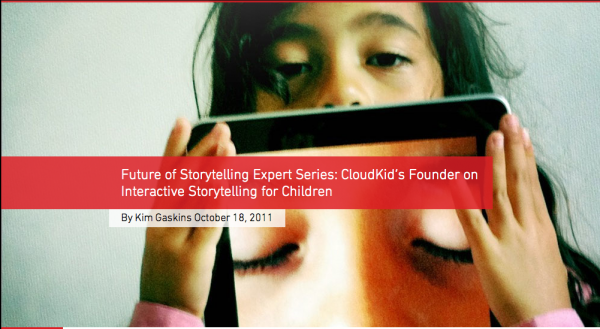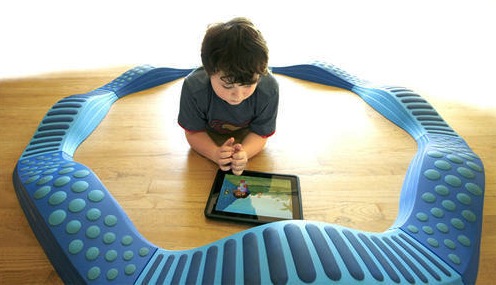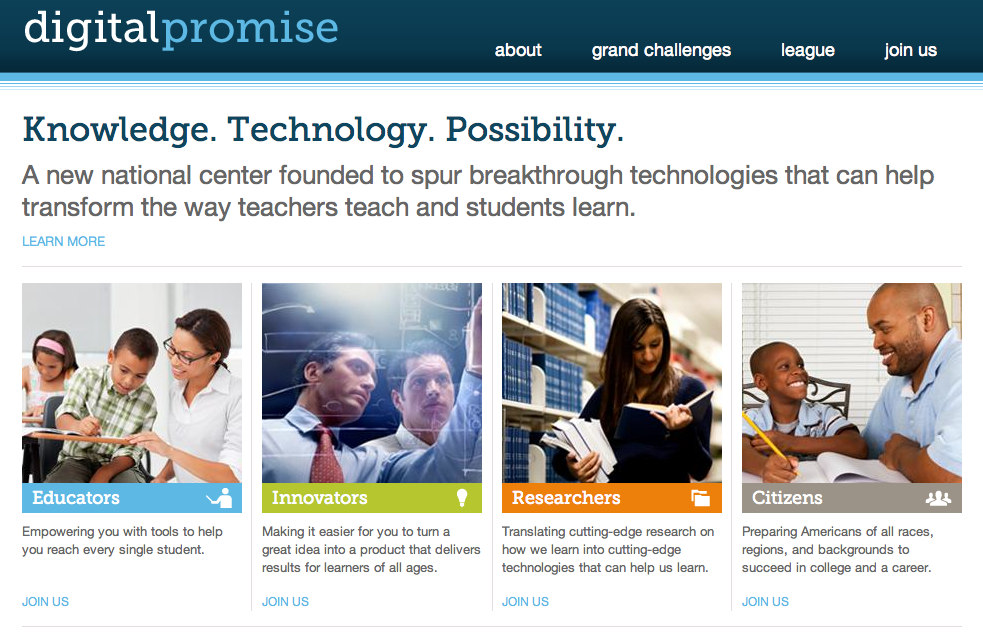New iPad Stirs Up Questions
Yup, it’s coming! The new iPad (don’t call it the iPad3 – Apple is not having that) hits stores Friday, March 16th, and if this launch is anything like the last one, expect a crazy long line and an onslaught of chatter in the blogosphere. Though people are a bit miffed about the non-numerical name, updated features like a 3.1 million pixel display, 4G network capabilities, and an A5X processor (awesome for designing and gaming), have Apple fans salivating. That’s us.
This is all well and good, but what caught our attention amidst all the iPad buzz was this article in the Huffington Post. Educational psychologist and consultant, Lori Day, shares her perspective on the possible downsides of technology-driven education. She’s not a full-time technology detractor, but she’s skeptical, and as much as we love our gizmos and gadgets here at CloudKid, we think that a healthy dose of skepticism is good every once in a while.
Day brings up some particularly provocative questions about the decrease of human-to-human interaction in the classroom, the loss of critical literacy and math skills, and the digital divide. Of particular concern is how constant upgrades and product launches create a veritable arms race for technology in the classroom, and poor, urban districts that already have crippling budget constraints fall even farther behind.










